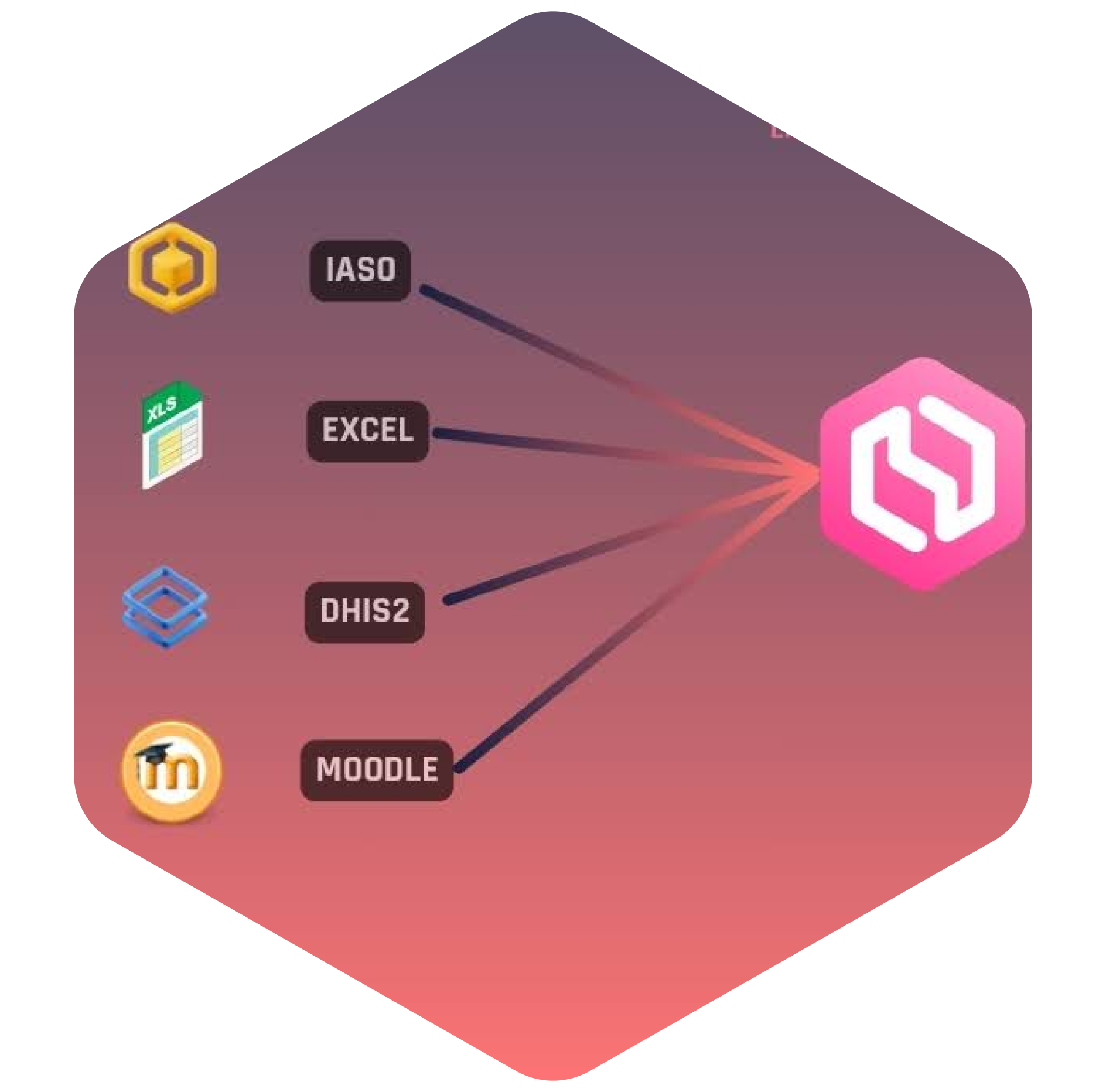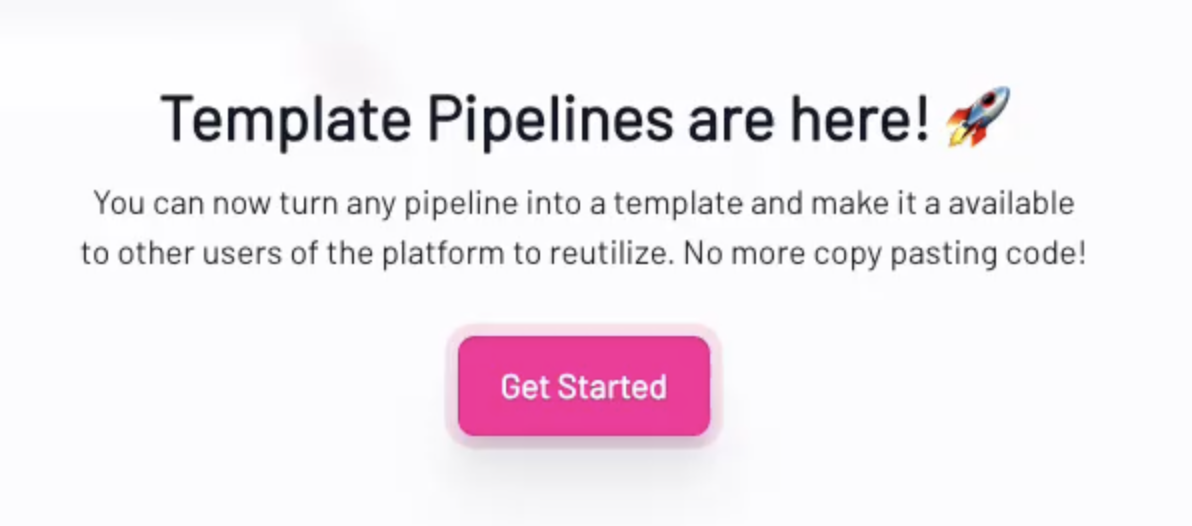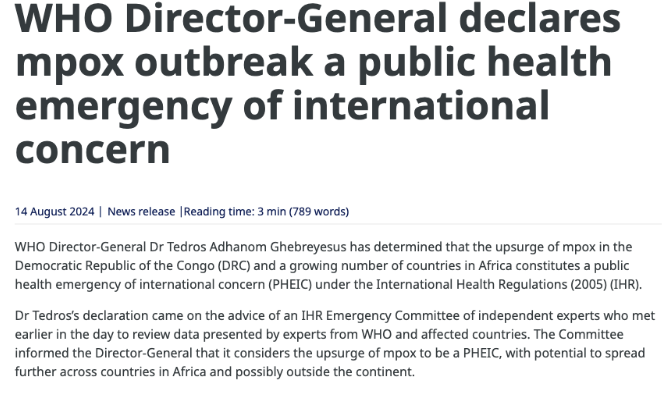The Challenge: Fragmented Systems and Disparate Data
Before the unified system was implemented, LifeNet’s data was scattered across several disconnected systems. Salesforce acted as the main M&E data warehouse, while Formyoula, Kobo Toolbox, Excel, and Google Sheets were used for data collection and field assessments. Moodle managed staff registries, training programs, and pre/post assessments. In parallel, national HMIS systems (primarily DHIS2) provided country-level service delivery and health facility data.
This fragmentation led to heavy manual processing, data inconsistencies, and limited LifeNet’s ability to efficiently generate unified reports across its multi-country operations.
The Solution: A Unified M&E Architecture Anchored by OpenHEXA
Bluesquare implemented a fully integrated M&E platform, replacing the fragmented landscape with a unified system built around three core components:
- IASO was introduced as the new data collection platform, replacing Formyoula, Kobo Toolbox, and Excel-based field forms. All facility assessments, stockouts, equipment inventories, quality scorecards, and internal reporting formats were digitized into IASO, which supports both offline mobile data collection and a centralized web interface for data management.
- Moodle remained the platform for managing staff registries, training content, and performance assessments across LifeNet’s programs.
- DHIS2 was established as the unified data warehouse, consolidating all programmatic, training, and service delivery data into a single system of record.
At the heart of this architecture sits OpenHEXA, responsible for orchestrating all data integration, processing, and modeling activities.

Integration of external data sources:
- Fetching national service delivery data, population data, facility pyramids, and geospatial data from country HMIS/DHIS2 systems.
- Extracting aggregated training indicators from Moodle, such as staff assessments, training completion rates, and module performance.
- Ingesting cleaned field data from IASO directly into DHIS2.
Data harmonization and modeling:
- Mapping data from multiple systems into standardized DHIS2 data elements and datasets.
- Generating derived indicators, completeness calculations, and quality control checks to ensure high-quality program data.
Facility pyramid management:
- Automatically managing updates to LifeNet’s health pyramid hierarchy as facilities are added, reassigned, or reclassified, based on source data across HMIS and programmatic platforms.
Automation of data pipelines:
- Scheduling recurring data flows across all integrated systems, ensuring timely, validated updates without heavy manual intervention.
Unified Reporting to Drive Program Performance
With all data consolidated into DHIS2, LifeNet now operates a robust and scalable M&E platform that supports its operations across six countries. Monthly and quarterly dashboards track key performance indicators aligned with LifeNet’s M&E framework, while training performance and donor-specific reporting outputs are seamlessly integrated. Data quality audits are fully embedded into the system, and facility-level data can be visualized geographically through DHIS2’s GIS capabilities.
By centralizing integration, modeling, and processing through OpenHEXA, LifeNet’s M&E system delivers consistent, high-quality data across programs, countries, and partners. The platform fully aligns with national DHIS2 standards, scales easily to new geographies, and simplifies both internal management and external reporting—enabling LifeNet to continuously monitor program impact, strengthen service delivery, and support health systems more effectively.
Want to learn more about OpenHEXA? Contact us







